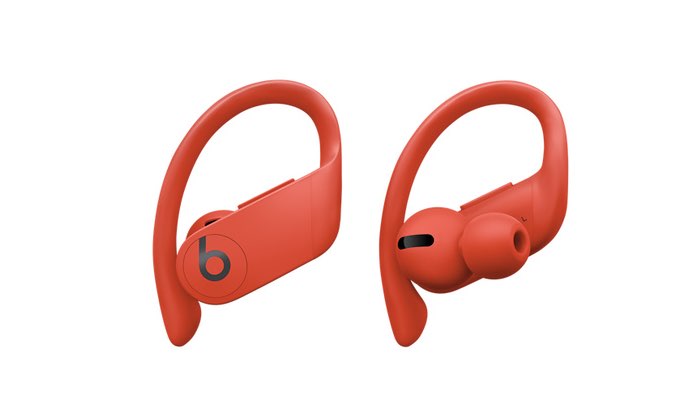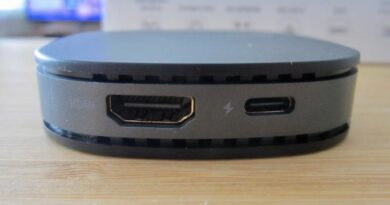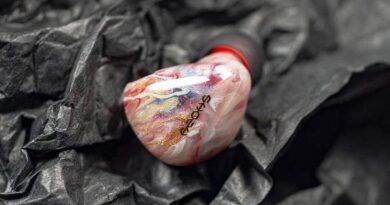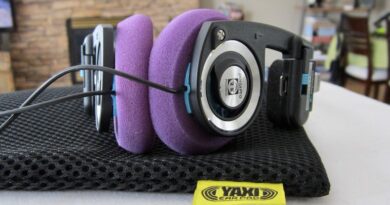Beats Powerbeats Pro TWS Review – C’mon Feel the Noize
Beats Powerbeats Pro: It’s an immutable law that real audiophiles must be contemptuous of anything made by Bose or Beats. However, since my post-pandemic return to the gym I’ve actually needed a workout-friendly IEM, and when some crackhead on Craigslist listed a set for $50 (in the Motorcycle Parts section, no less), I set aside my elitist impulses and took the plunge.
From the standpoint of functionality and user interface, the Powerbeats are almost flawless. The integrated earhooks do require a bit of effort to fit properly, especially with glasses, but fit is rock-solid and long-term comfort good. I really like the separate tactile control buttons and volume rockers (mirrored on each earpiece), which are much more reliable and easier to use than the typical control panel or single button. Pairing and Bluetooth connectivity are seamless and latency is nil. The carrying case is massive but the 10 hr. battery life is the real deal. Mic quality is very good.
For all that, the Powerbeats do not have ANC and isolation is well below average—even when cranked up a lot of outside noise intrudes, including the horrible canned Mariah Carey music they play at the gym, which undermines their intended use. I did find them well-suited for walking the hounds or running—they never jostle loose and keep you aware enough of your surroundings to avoid running into an Amazon delivery van.
The Powerbeats present a thick-textured, slightly bright very V-shaped sound with an impressively wide, 3-D soundstage. Imaging is shockingly good—you can locate each performer precisely—and stereo separation estimable. Although some pundits have opined that Beats has moved toward a more balanced “adult” signature, I found the Powerbeats to be bass-heavy, with more emphasis on the subbass and a conspicuous dip in the 50-120hz midbass region. The low end is punchy and reasonably euphonic, if syrupy, but like a poorly-tuned subwoofer it gives an incoherence to the overall presentation. Mids are a little recessed but grain-free. Treble is energetic and sparkly, with considerable detail and extension for a TWS but sounds overamped, especially at loud volumes, and can get exhausting.
Tonality is actually pretty good—these sound richer and less synthetic than the Galaxy Buds and Airpods Pro. The Powerbeats also present more high-end detail and a more expansive stage than the comparably-priced Sony WF-1000XM3, though the Sony are smoother, more coherent and much less exhausting. The Powerbeats likewise can’t compare to the level of resolution and timbral accuracy of more music-first TWS offerings from Cambridge or Sennheiser, but are more user-friendly and conceivably more engaging for heavier, bassier fare.
As is typical with such mass-market fare, the Powerbeats ultimately impress more for their design than for their sonics. There’s no way I’d pay the $249 SRP for the Powerbeats—their lack of isolation is a conspicuous flaw for an exercise-oriented phone and purely from an audio standpoint you can get better sound for a lot less. If you can find one on the cheap, however, they have their virtues.
DISCLAIMER
Bought them myself.
Our generic standard disclaimer.
You find an INDEX of our most relevant technical articles HERE.










